Japanese teapots, or kyusu, are as nuanced and varied as the teas they brew (Japan has more than a dozen varieties of green tea alone). In addition to the style of pot, other considerations include material, maker, size and filter. Unglazed clay pots, for example, are preferred for certain teas because the porous surface absorbs flavor, while porcelain varieties generally are reserved for black, Western and herbal teas, or for allowing the subtle differences between green varieties to be better appreciated. Look for pots that have built-in filters made from the same material rather than metal add-ons, which many believe affects the taste of the tea.
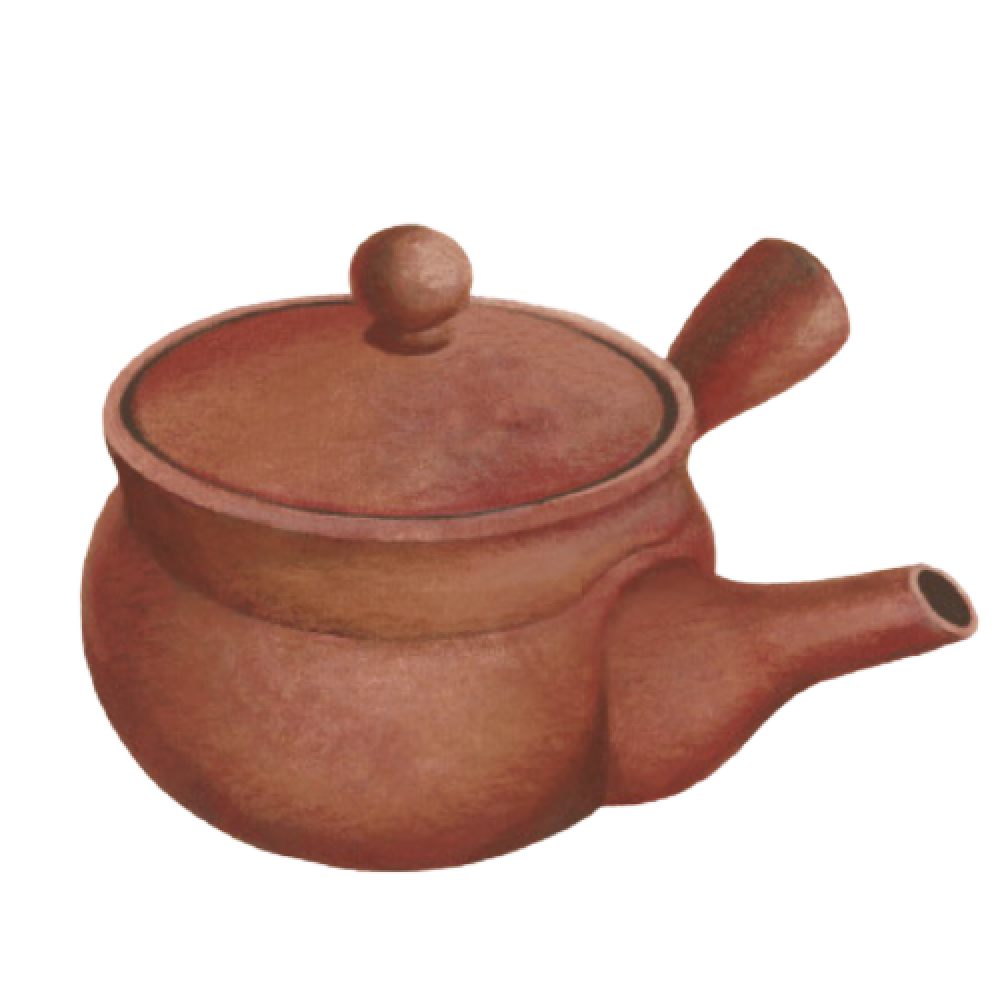
YOKODE
This iconic teapot is the go-to option for sencha, which accounts for two-thirds of the green tea sold in Japan. It features a wide cylindrical handle on the side—the name translates as “side handle”—that makes one-handed pouring easier. Grasp the handle, resting your thumb on the lid to keep it in place, and tilt the pot toward you. Beginners should start with this pot, which usually is made of unglazed clay that will develop a patina over time.
UWADE
This kyusu comes with a top handle made from rattan, bamboo, metal or the same material as its body. Those made from ceramic, called dobin, typically are larger, making them the choice for families or communal tea service. Those made from cast iron, known as tetsubin, usually are intended for boiling water, not making tea.
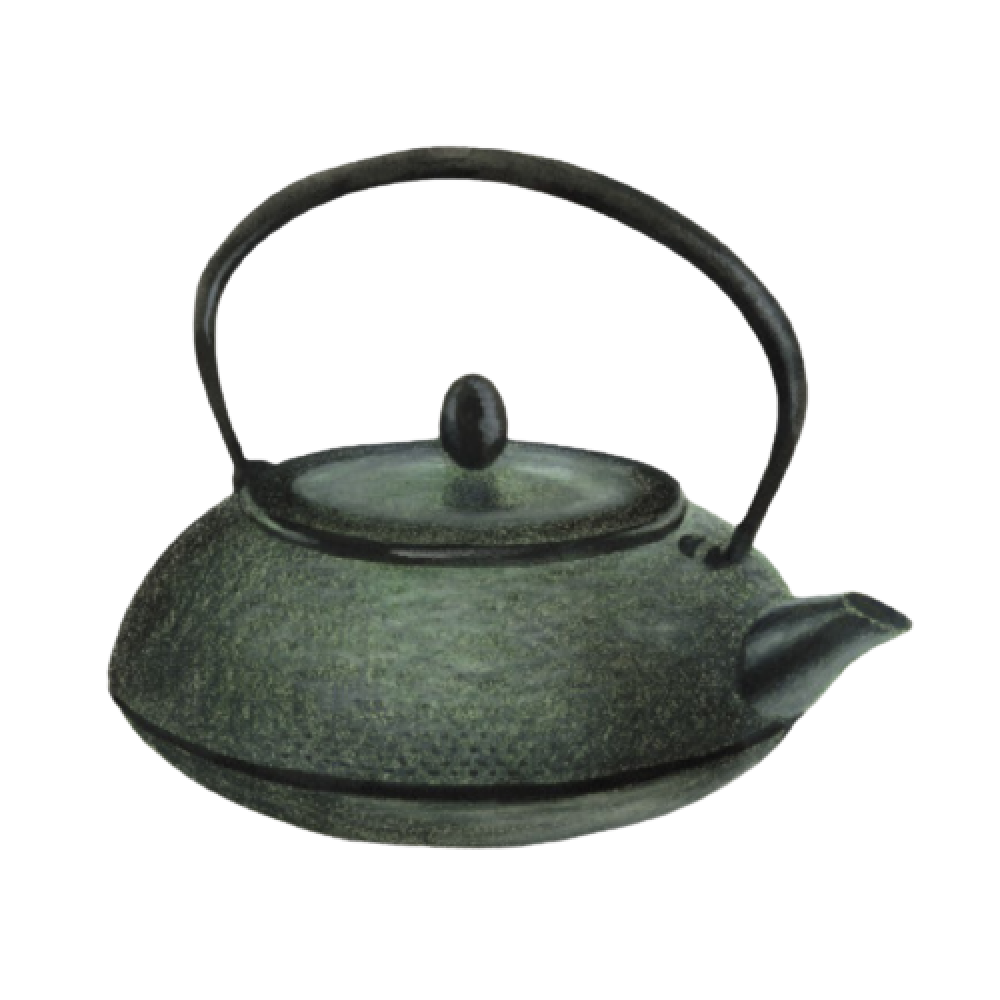
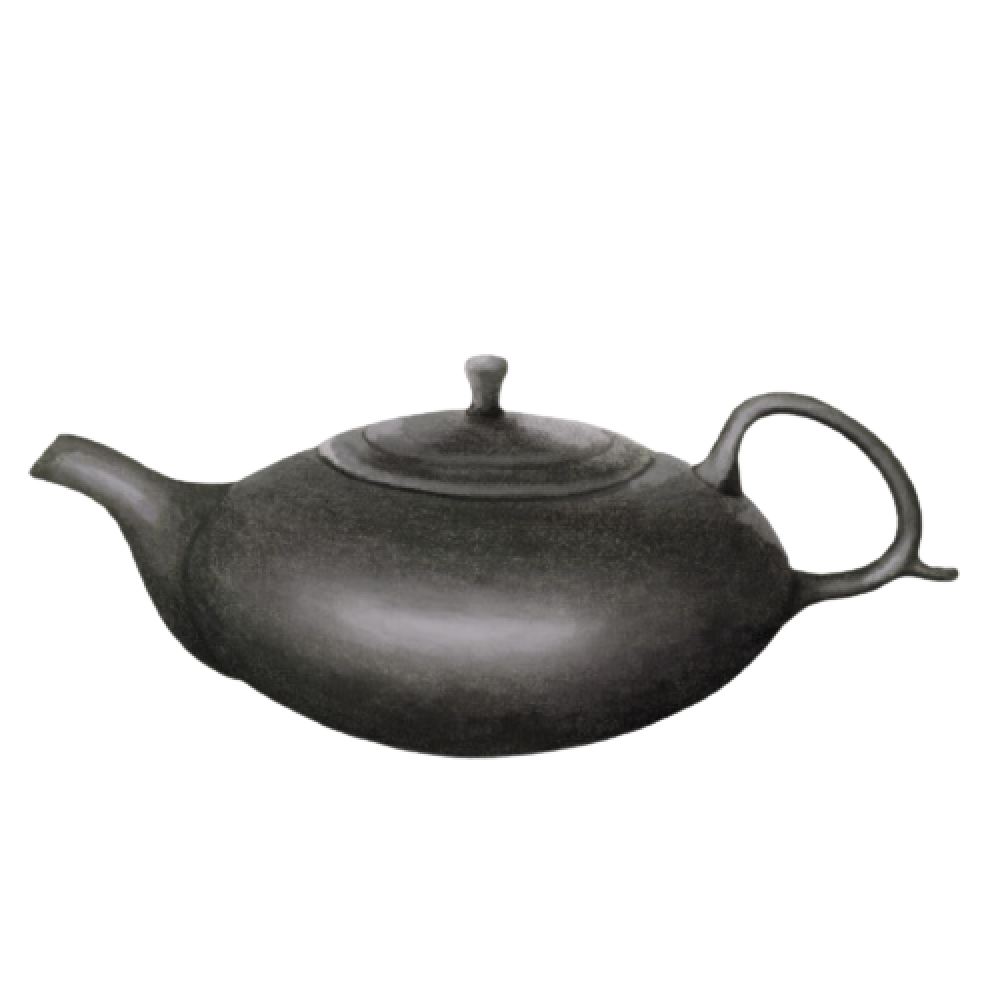
USHIRODE
Though the style of this “back handle” kyusu resembles teapots and kettles from most other parts of the world, its design is thought to have been inspired by Chinese chasu pottery. Slightly larger than the yokode, it is the ideal brewer of herbal teas and fruity infusions because the porcelain surface prevents odors from seeping into it.
HŌHIN
With a name meaning “treasure bottle,” the hōhin kyusu has no handle. That’s because this pot is intended for shade-grown green teas, such as gyokuro and kabusecha, which are brewed with water between 140°F and 150°F (many other teas are brewed closer to 180°F or 190°F). The lower temperature means the pot can be held by the rim to pour without burning fingers.
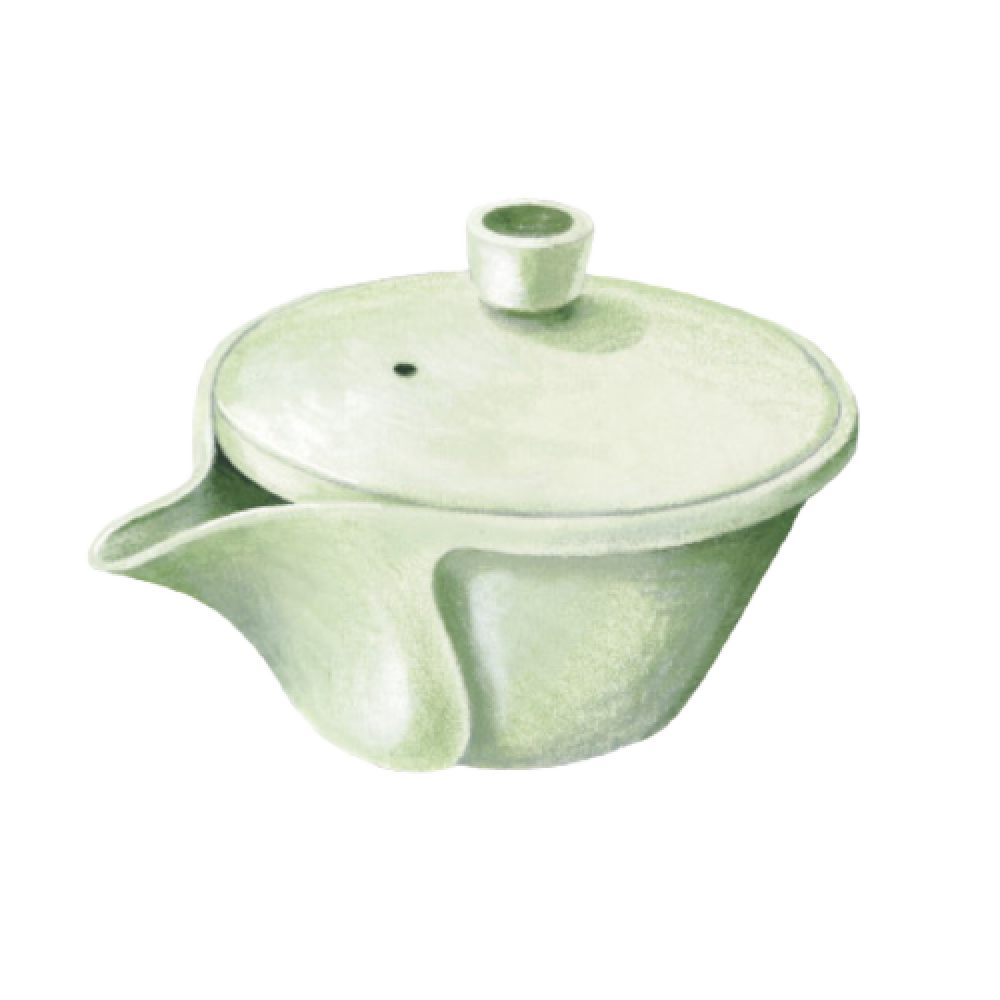
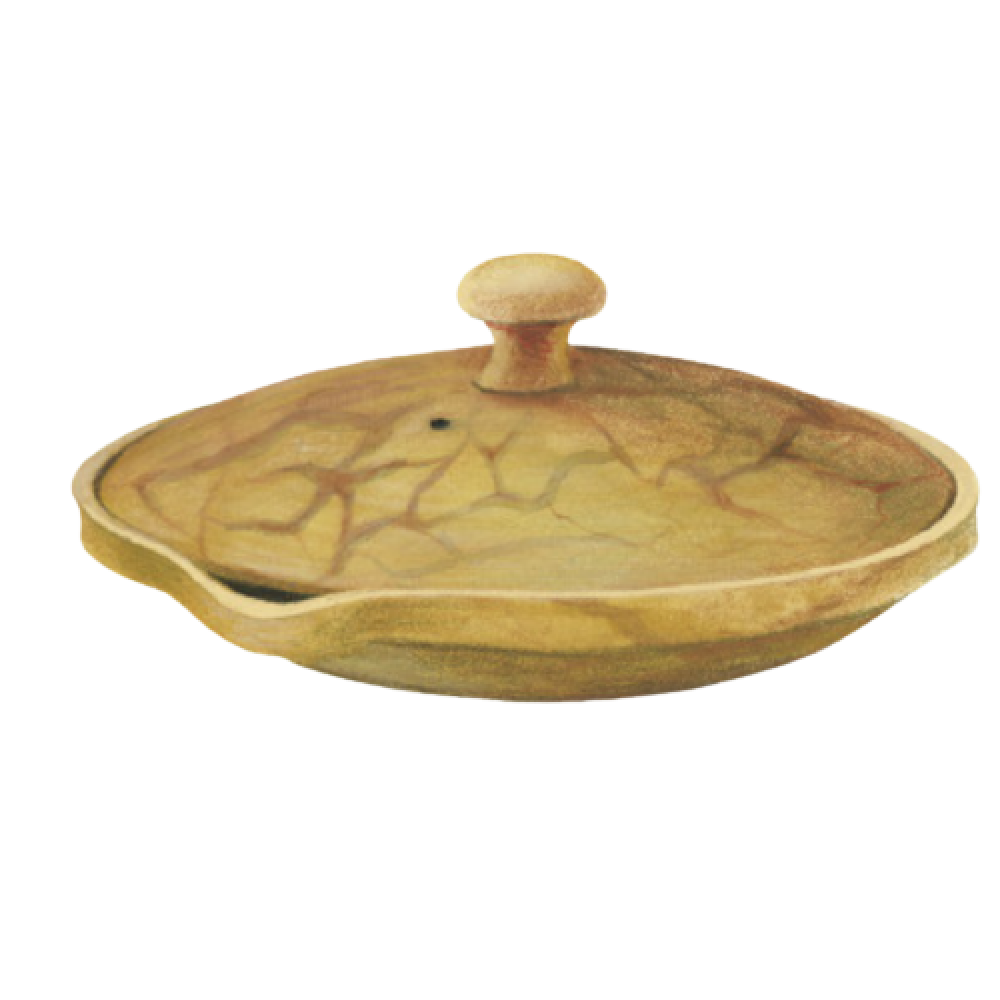
SHIBORIDASHI
A cousin of the hōhin, this shallower kyusu with no handle also is meant for teas brewed at lower temperatures. But it has no filter, meaning it works best with larger tea leaves or hand-rolled leaves, such as temomicha. This pot is intended for a more concentrated, espresso-like shot. Drinkers from handle-free pots tend to expect smaller servings since they are reserved for premium varieties.







